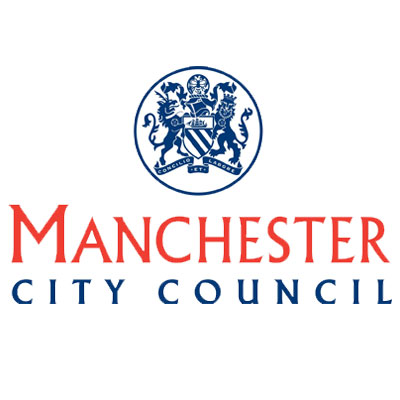As 2017 starts we look back and reflect on what has been an interesting year in terms of web design and web development. 2016 witnessed the growing popularity of parallax scrolling, HD visuals and the use of hero banner video content. Google’s much deliberated Material Design gained some prominence this year too, often used as a hybrid with the popular Flat Design method.
As the new year begins it will bring a fresh set of design trends for us all to learn and experiment with. We can only hazard a guess as to what will prove to be common and fashionable amongst web designers moving forward. One thing we do know for sure though, responsive web design is now first priority.
You Must Adopt a Mobile-First Approach
Since the year 2014, mobile sites have officially outperformed and succeeded desktop sites in terms of worldwide web use. More users turn to their mobiles and tablet devices for internet access these days; so more companies now realise the importance of having a web presence that delivers content on a small screen. As a result, more and more brands now adopt a mobile-first approach rather than a mobile-friendly approach.
This means web designers are now focusing more on mobile design as a first priority and desktop as a second. These roles have officially been reversed – designing small first and then expanding our designs to fit a larger screen later. It can be argued that this approach actually helps companies to better understand and showcase their core content as they have less space to experiment with.
Clean and Uncluttered Website Content
This lack of space caused by screen size often means that content is limited. A user can only see a certain level of content at once when it comes to a mobile or tablet device. This forces brands and online businesses to get rid of any unnecessary content or information that isn’t vital to the user journey. All of your extra bells and whistles can be added on to your desktop site, but for a mobile site you must cut out all of the unnecessary noise. For this reason you can expect to see a lot of minimalist web designs in 2017, with clean and uncluttered content driving clear and concise user journeys.
Wider Implementation of Responsive Design
The necessity for a mobile-first approach will also see a wider implementation of responsive design across the board. Responsive design is nothing new and the web design technique has featured in New Year trending lists for a while now. Nevertheless, we predict 2017 will be the most pivotal year yet for responsive design and believe we will see an even bigger uptake of its use in the months to come.
Of course, Google has a massive part to play in this too. Around April time last year, the search engine introduced a new algorithm that improves the rankings of mobile-optimised sites. Sites that have not been optimised for mobile and tablet use will have experienced a major shake up recently; causing more companies to jump on the mobile bandwagon. Ultimately, both Google and your users are crying out for mobile access to your products and services, so you simply cannot ignore it.
Original Design Instead of Stock Imagery
We also predict that 2017 will see a rise in originality and custom design over the use of stock and pre-paid imagery. UX and UI have quickly become the most important aspects of design, meaning a lot of websites now look and operate in similar ways. Couple this comparable functionality with the use of similar stock imagery and all of a sudden the internet all starts to look the same. It’s like we are in the 90s again!
Brands now need to avoid stock imagery, videos and site icons like the plague. Instead they should be completely bespoke and original in their approach in order to stand out from the crowd. That picture of a man with a clipboard and cheesy smile, or the woman with a headset, will simply not suffice anymore. Your users are bored of it! To strike a real visual connection with your audience you need to design carefully considered images that suit your target users and their preferences. The way your site looks needs to reflect who your users are and what they want.
For this reason, we predict bespoke illustrations will become a massive trend in 2017. Improved drawing technologies and an increasingly crowded marketplace means more and more brands will create their own bespoke imagery to match their brand ethos and identity.
Optimised Responsive Web Design
Last but not least comes perhaps the most exciting prospect for responsive design since its conception. Next year will see this design technique reach whole new levels as we begin to optimise our responsive web designs to suit our target users. Instead of simply adapting our sites to suit a particular device – 2017 will be the year we begin to adapt our responsive designs to suit the user’s age.
Everything from the colour scheme to the choice of font size and spacing will all morph to accommodate the user based on their date of birth. So for example, assuming an individual’s eyesight becomes worse with age, a mobile site can be adapted to show larger text and increased spacing to make the content clearer and easier to read for an elderly user. Menus will expand and contract depending on the conceived competency of its users and so on. A seven year old and a seventy year old will not read the same books or watch the same TV channels – so we should not expect them to share the same online experience either.
Responsive web design is moving away from the ‘one-size-fits-all’ approach and 2017 will see the start of reactive browsing – where mobile sites alter depending on the user. This is just a small example and only the first step towards responsive design optimisation though – there is lots more to come. Watch this space for more details! For more information on how responsive web design can help your brand online, contact us here or call 0161 241 5453












